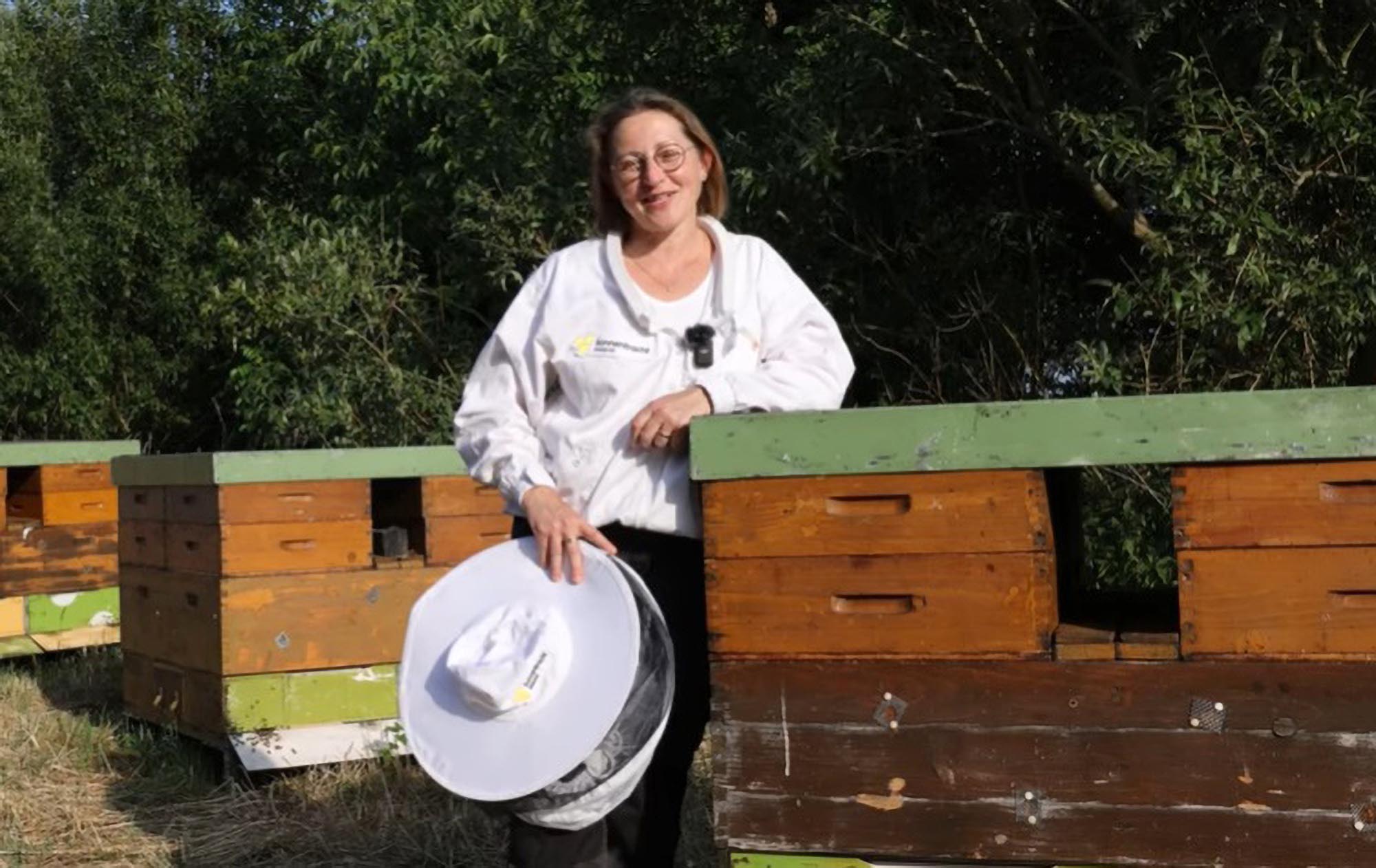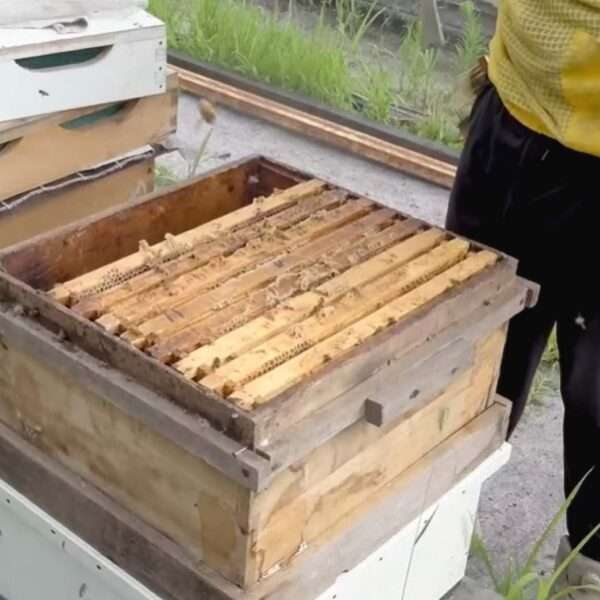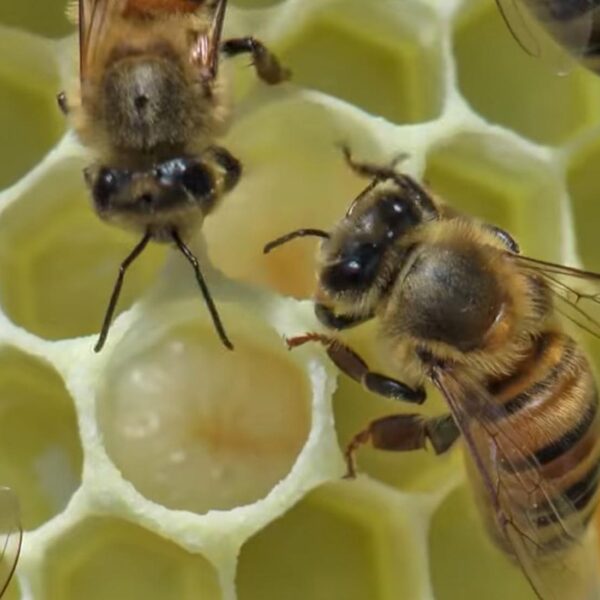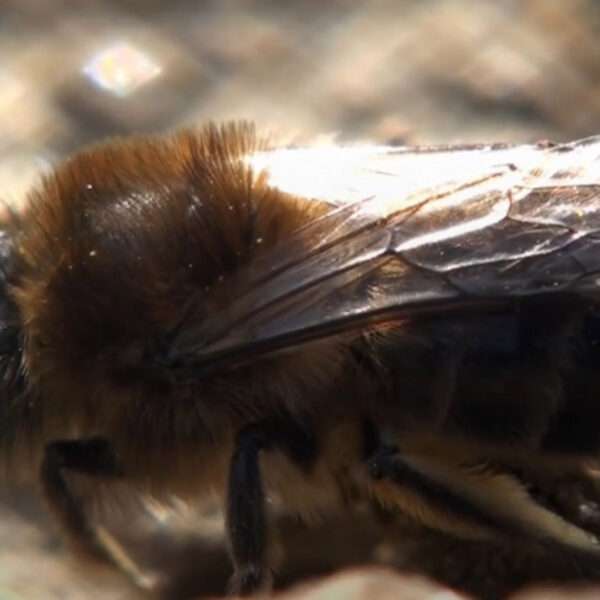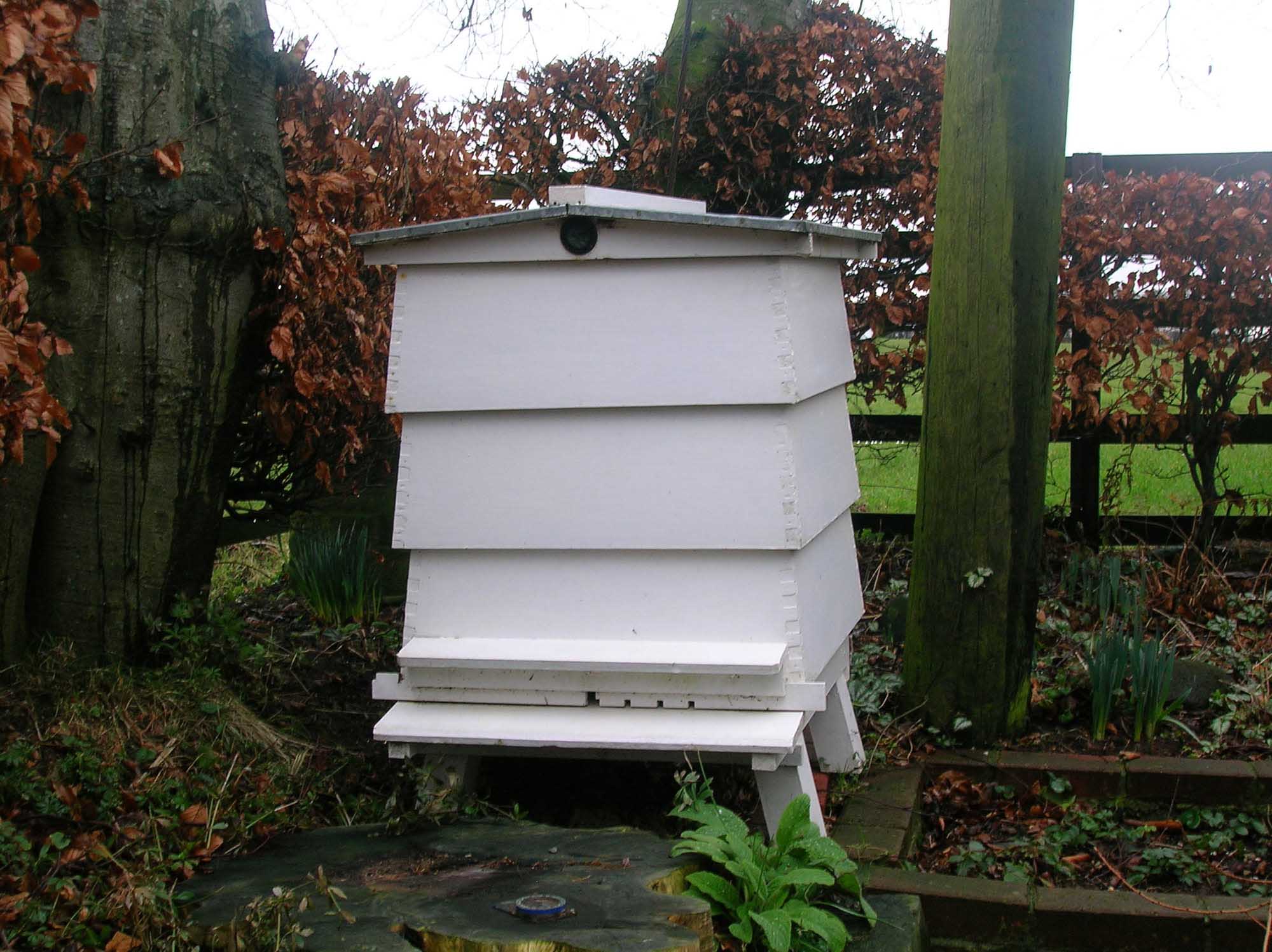The combination of soaring temperatures and exposure to chemical agents could put native bees at “increased risk” of extinction, a scientist has warned.
Holly Farnan has been part of a team of researchers who studied the situation of the Tetragonula hockingsi, a small stingless bee that lives in the tropics and subtropics of Queensland and the Northern Territory.
The study, carried out at James Cook University in Townsville, Queensland, showed that the insect had a reduced tolerance to heat stress even if the amount of insecticide it was confronted with was non-lethal.
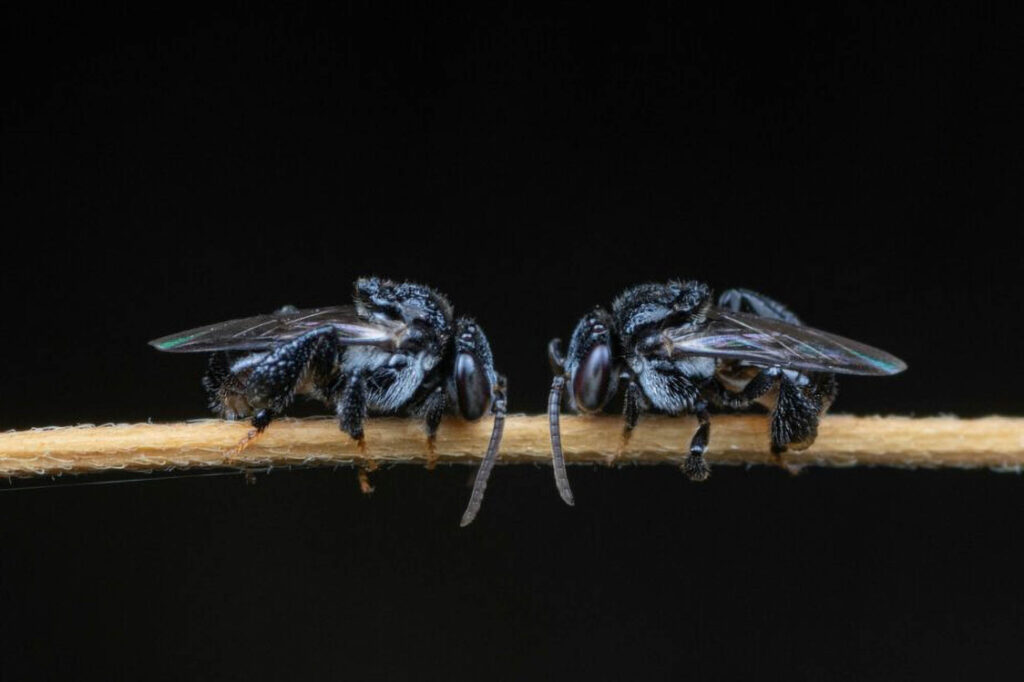
Tetragonula hockingsi bees live in colonies of up to 10,000 workers and a queen. They pollinate native plants and crops such as lychees and mangos.
Holly said: “Even bees exposed to minuscule amounts of insecticide, certainly not enough to kill them, were more susceptible to the effects of heat.”
She emphasised: “The combination of heat stress and insecticide exposure may put this stingless bee at increased risk of decline.”
Holly, who cooperated with fellow researchers Lori Lach and Peter Yeeles, underlined that bees are critical ecosystem components.
The James Cook University scientist explained their demise could be “driven by a myriad of stressors” which also includes parasites and the ongoing reduction of habitats.
Australia is home to more than 1,600 different types of bees.


